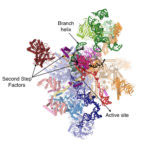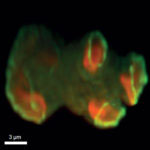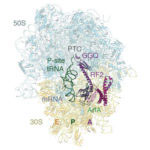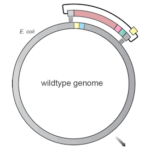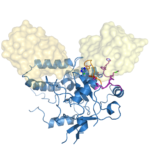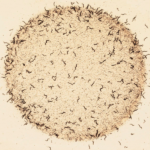
The state of the immune system has effects on brain function, but despite suggestions that immunoregulators can affect people’s mood and behaviour, we are only beginning to understand how these two major body systems interact. The contributions of a neuron to circuit activity and behaviour depend on its responsiveness to upstream inputs, and its ability to drive downstream outputs.
